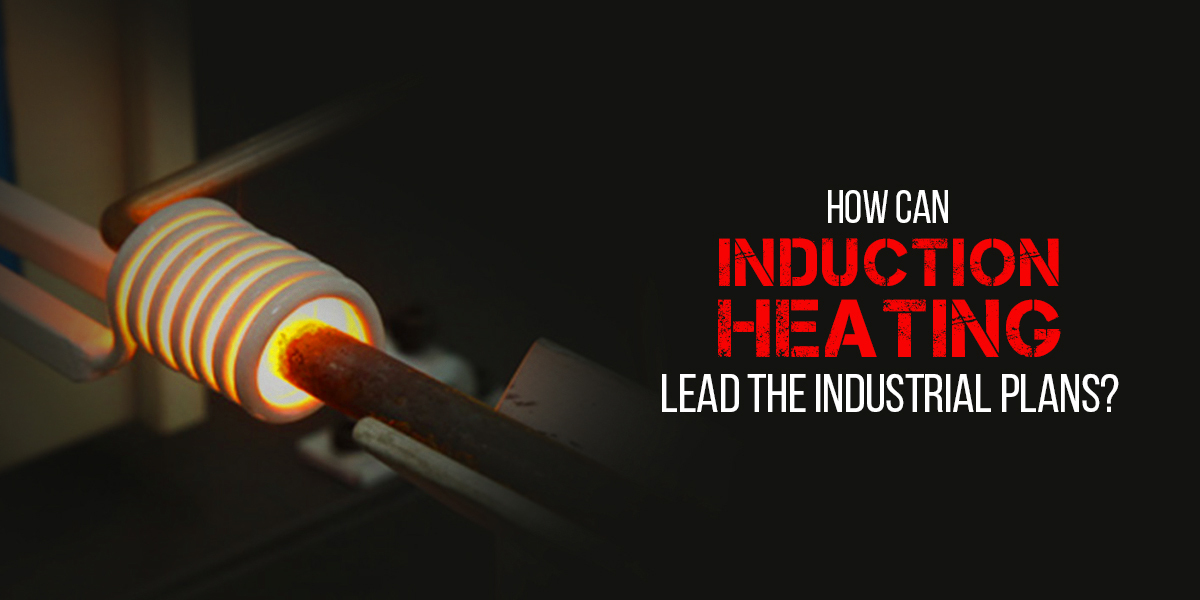LJ Induction helps its clients worldwide every day, thanks to our 17 years of expertise. We deliver solutions that enable our clients to achieve more cost-effective manufacturing processes. It also produces higher-quality goods by integrating friendly induction heating machines. Induction heating is a safe, efficient, and sustainable way of heating ferrous metals. It has little wasted heat and transfers energy to the heated part. Induction heating has various advantages ranging from practical enhancements to safeguarding our environment. LJ Induction always has the proper induction heating solutions for your metal heating projects. In the odd case that we do not have, we may create bespoke induction heating solutions that are best suited to your demands.
What Is the Process of Induction Heating?
Induction heating is the method of using electromagnetic Induction to heat-conducting materials. It comprises an electromagnet and an electronic oscillator that sends alternating current (AC). The fast fluctuating magnetic field penetrates the item, producing eddy currents. Eddy currents go through the material’s resistance and heat it via Joule heating. Heat is also created by magnetic hysteresis losses in materials such as iron.
Why is an Induction Heater the Best Choice?
Induction heating advantages are as follows:
- Its heat is uniform and covers the whole part or application source. It avoids the uneven heating and variable results seen with an oxidizing flame.
- Induction heating machines prevent waste and save energy.
- Induction heat accuracy focuses your heat source on a single part or a broader region. It eliminates the possibility of collateral damage to avoid unneeded removal and installations.
- Induction heating combines production processes to increase quality and efficiency.
- Induction heating tools are more energy-efficient and are free of dangerous emissions.
Induction heating equipment may be used to heat the following metals:
The induction heater can heat any electrically conducting substance. Steel, stainless steel, cast iron, aluminium, copper, brass, and other metals are all acceptable. Heat may also transfer to other materials such as plastic, cloth, and so on, with the most common use being carton sealing.
Induction welding machines are a high-frequency technique that employs a magnet to create heat. Electricity powers the induction coil’s radio frequency during induction welding. As the electric current passes through the induction coil, it warms up. The equal surface of two or more items can then be melted together.
What are the advantages of induction welding?
The profitable features of induction welding are as follows:
- It uses less electricity induction welding methods.
- It is an appealing alternative for large-scale welding applications.
- One can weld both the ferrous and non-ferrous metals together.
- Induction welding can remove impurities from parts.
- The induction welding process can be processed to simplify manufacturing activities.
How do induction welding machines work?
Induction welding employs radio frequency alternating current induction heating. It stimulates an implant placed at the joint interface of the two welding components. The gasket comprises a polymer that fuses with either metal fibers.

